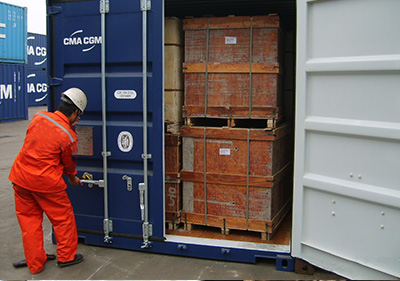Mobile:+86-311-808-126-83
Email:info@ydcastings.com
motor housing casting
Understanding Motor Housing Casting A Key Component in Modern Engineering
Motor housing casting is a critical process in the manufacturing of electric motors and various industrial machines. This technique involves pouring molten metal into a mold to create a specific shape that serves as the outer shell or housing of the motor. The importance of motor housing cannot be overstated, as it provides structural integrity, protection for internal components, and efficient heat dissipation.
The casting process typically begins with designing a precise mold that outlines the desired geometry of the housing. Common materials used for motor housing casting include aluminum, zinc, and various alloys, each selected for their unique properties such as strength, weight, and thermal conductivity. Once the mold is completed, molten metal is poured into it, where it cools and solidifies, taking on the shape of the mold.
One of the key advantages of casting is its ability to produce complex shapes that are often difficult or impossible to achieve through other manufacturing methods. This is particularly beneficial for motor housings, which often feature intricate designs that must accommodate various internal components, cooling systems, and mounting points. Additionally, the casting process allows for high-volume production, making it cost-effective for manufacturers.
motor housing casting

Quality control is paramount in motor housing casting. Critical factors such as the temperature of the molten metal, the timing of the pour, and the cooling rate must be meticulously monitored to ensure the integrity of the final product. Any imperfections, such as air bubbles or cracks, can compromise the performance of the motor and lead to costly failures.
Furthermore, advancements in casting technology, such as 3D printing of molds and the use of computer-aided design (CAD), have revolutionized the industry. These technologies enable more precise and faster production, leading to improved efficiency and reduced waste.
In conclusion, motor housing casting is an essential aspect of modern manufacturing that contributes significantly to the performance and reliability of electric motors. Its ability to create complex shapes with high precision makes it a favored technique in various industries, from automotive to aerospace. As technology continues to evolve, the future of motor housing casting promises even greater efficiency and innovation, reinforcing its vital role in the engineering landscape.
-
Understanding Metal Casting TechniquesNewsApr.02,2025
-
Understanding Exhaust Manifolds for Enhanced Engine PerformanceNewsApr.02,2025
-
The World of Metal FabricationNewsApr.02,2025
-
Key Components for Pump and Turbo EfficiencyNewsApr.02,2025
-
Essential Tools for Automotive Maintenance and RepairNewsApr.02,2025
-
Durable Valve Components for Effective Water ManagementNewsApr.02,2025











